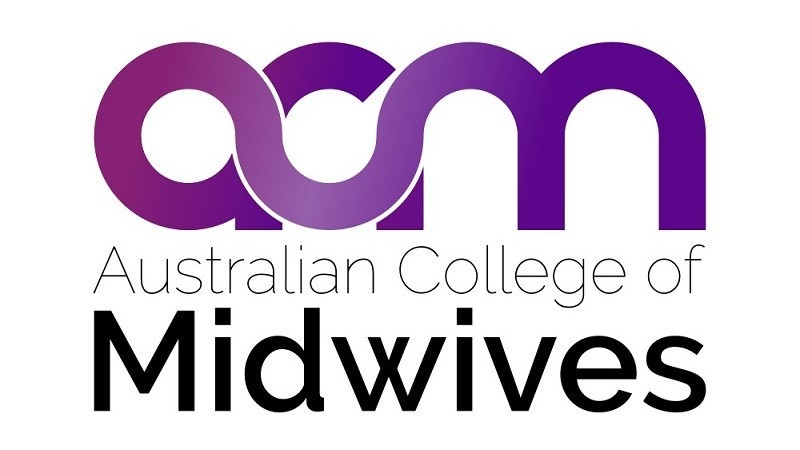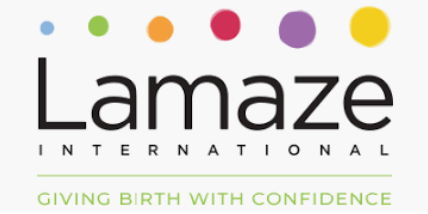Why Induction Matters

Get your copy now
Overview
This book is for women who are trying to make decisions about induction; or who have already decided to have an induction. It is also a great resource for those who support women – midwives, doulas and obstetricians.
The book includes a decision making framework that can be worked through when considering whether induction is the right option for an individual/situation. It also includes a chapter on creating a birth plan for a positive induction experience.
Women’s experiences are included throughout, alongside research and clinical guidelines.
Chapters
- Making decisions about induction: an overview of decision-making and evaluating risk; and a decision-making framework for readers to work through – directing them to relevant sections of the book and posing questions to consider.
- Complications of pregnancy: individual complications are discussed in relation to induction (eg. pre-eclampsia, growth restricted baby, diabetes, etc.).
- Variations of pregnancy: individual variations are discussed in relation to induction (eg. post-dates, advanced maternal age, suspected big baby, etc.)
- Spontaneous labour: this short chapter provides the basis for discussing how induction differs to spontaneous labour in the next chapters.
- Medical Induction: ripening of the cervix and breaking the waters: an explanation of what happens during this phase of induction and what it feels like from the woman’s perspective.
- Medical Induction: inducing contractions: an explanation of what happens when syntocinon (pitocin) is used to create contractions and what it feels like from the woman’s perspective.
- Alternative methods of induction: an A to Z overview of alternative methods of induction and their efficacy; and women’s experiences of these methods.
- Creating a birth plan for a medical induction: this chapter is for women who are planning to have their labour induced. It includes a comprehensive list of options and things to consider, and includes tips and advice from women who have had inductions.
Reviews of the Book

Australian Midwifery News
Hilary Rorison
Midwifery Advisor, Professional Practice Unit, ACM
The essential guide that all pregnant women should read when considering induction of labour, and what all midwives and doctors should be giving to women when offering induction of labour… The author uses clear, easy-to-understand language, but goes into enough depth for midwives to learn something new as well.
For each issue discussed… women’s stories in their own words are included at the end to bring the reader back to the human experience. The viewpoints are varied, including women who have had a positive, neutral and negative experience of the same issue. This provides a balanced, non-judgemental tone to the book…
Every midwife who cares for women in the antenatal and intrapartum period should have this in his/her toolkit. It really is a great resource to share with women. It could facilitate a two-way conversation between a woman and her midwife, to empower her to come to an informed decision about whether or not to have their labour induced.

Science & Sensibility
Tanya Strusberg
LLCCE, FACCE, Lamaze International
Why Induction Matters might be a compact read (it’s only just over 150 pages, excluding the reference section), but it packs a punch and is full of the latest, evidence-based research related to induction of labor. It is a fantastic and worthwhile addition to any Lamaze educator’s reference library and an equally great book to recommend to your clients, students, or to have as part of your lending library




